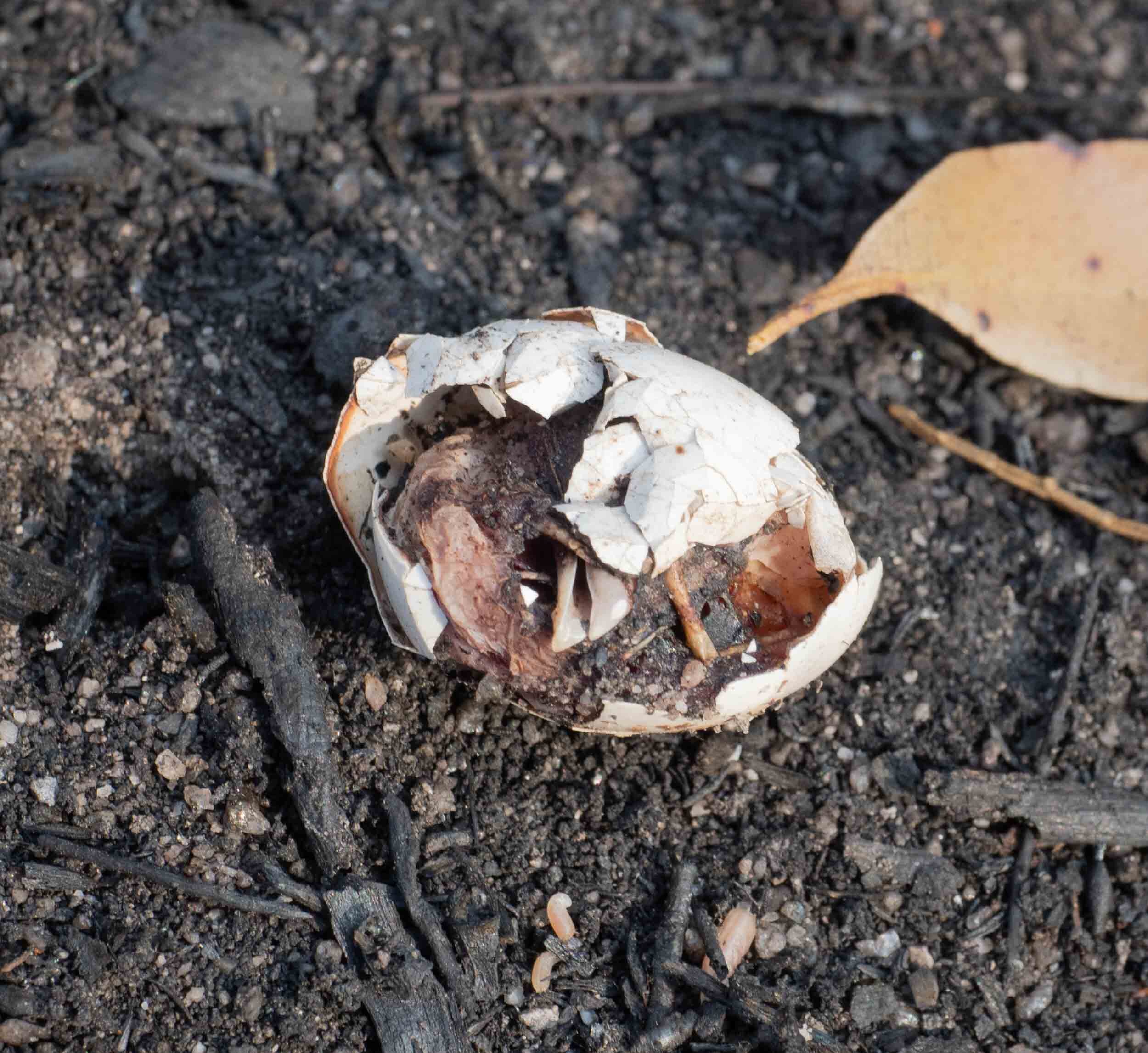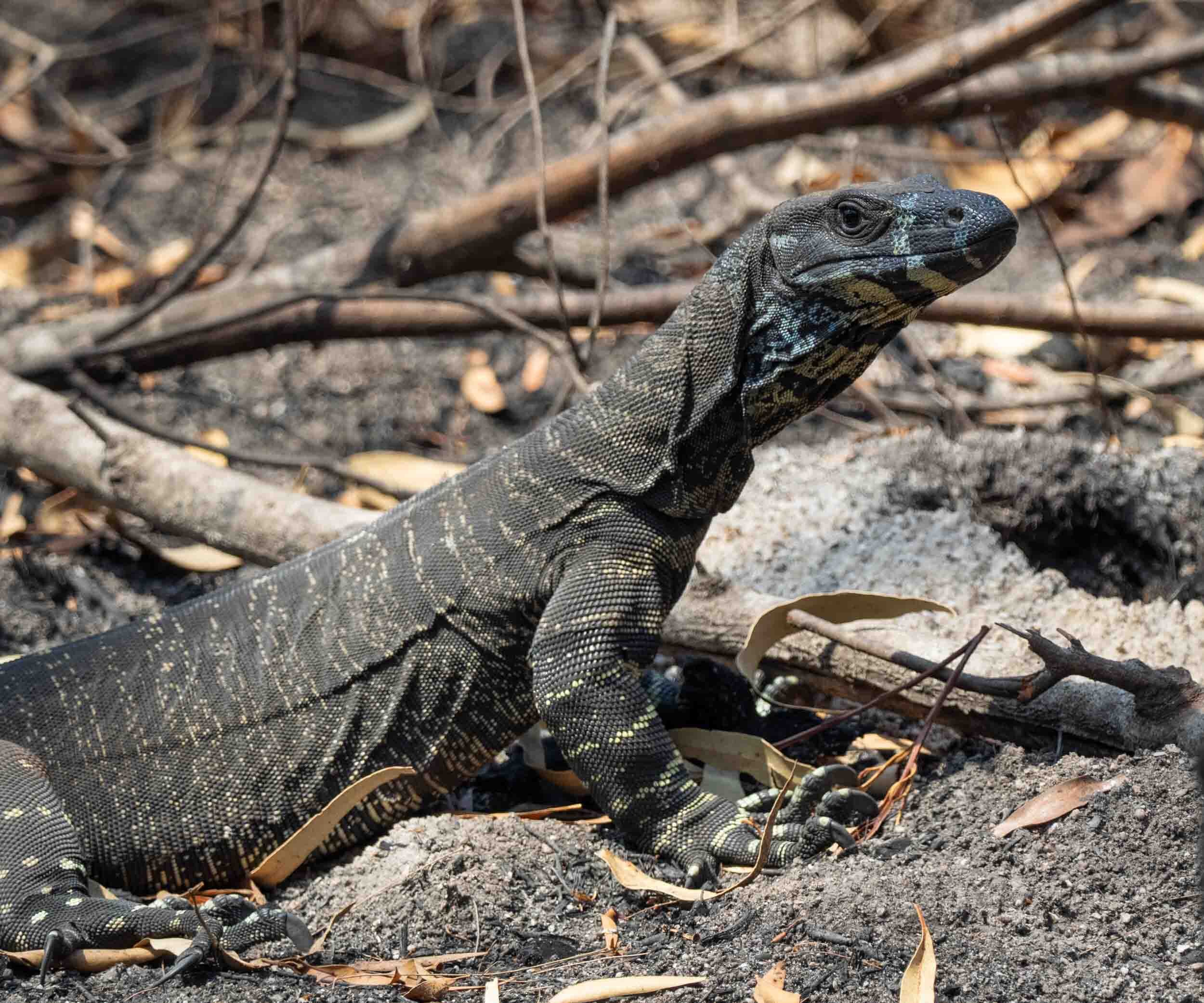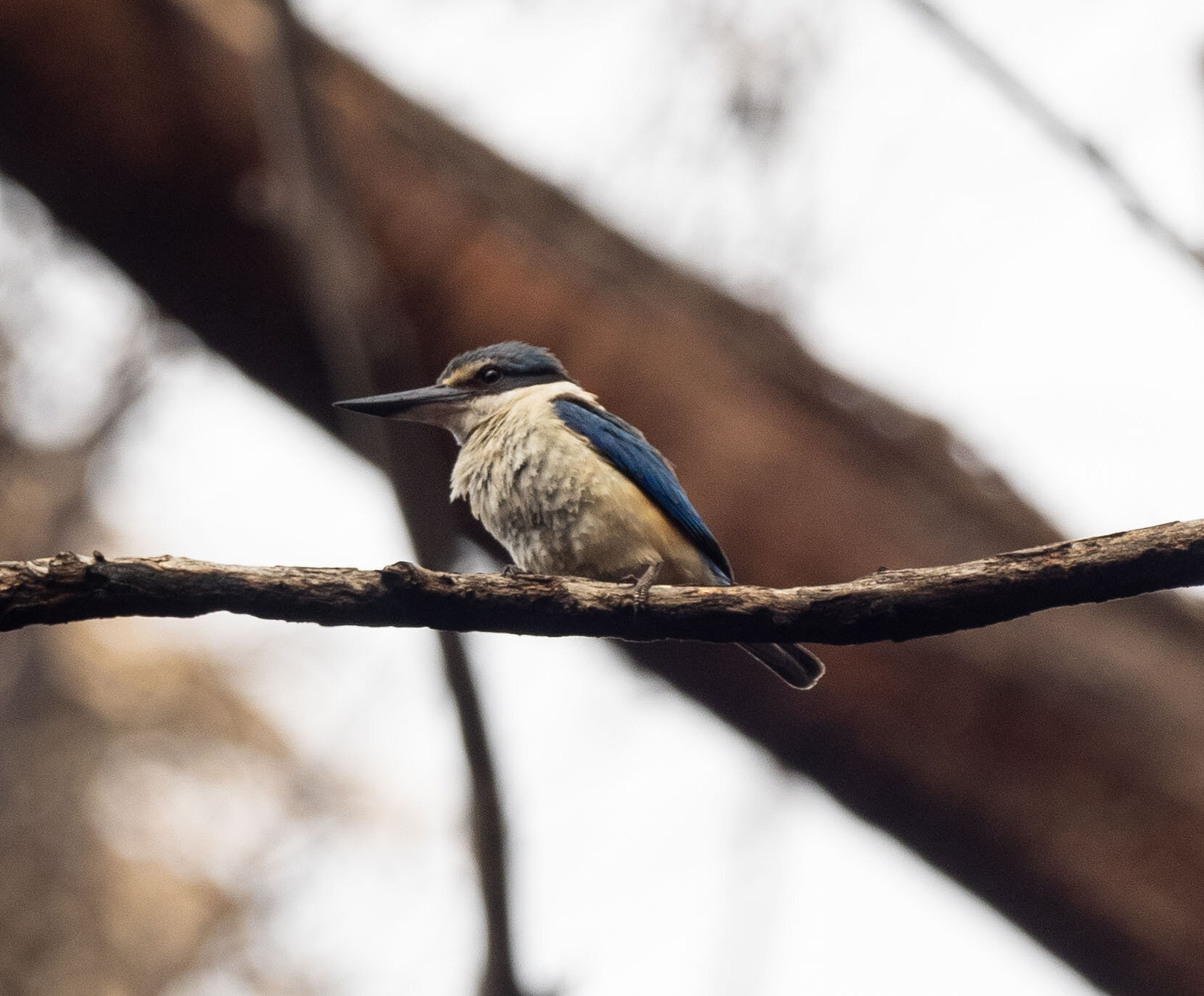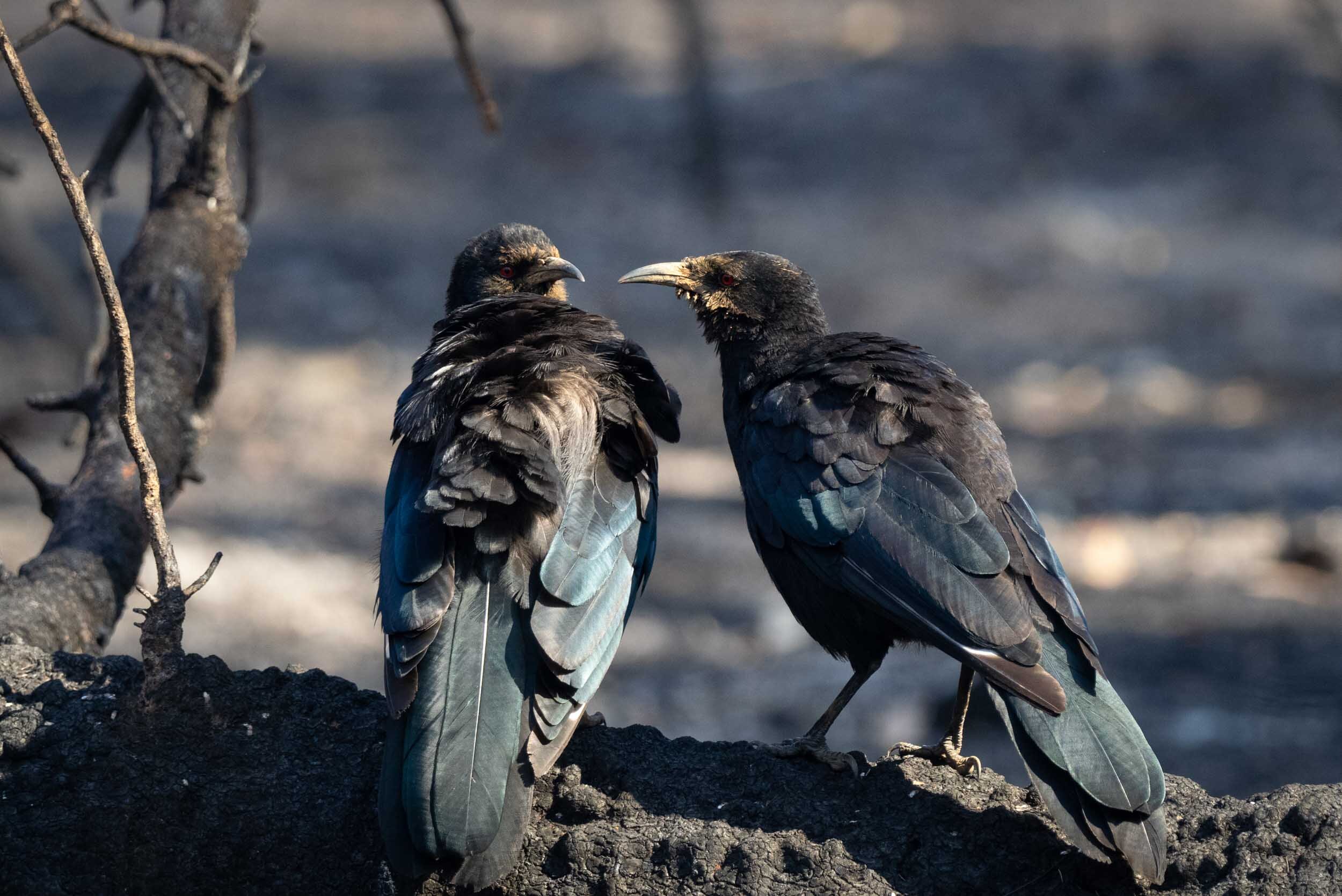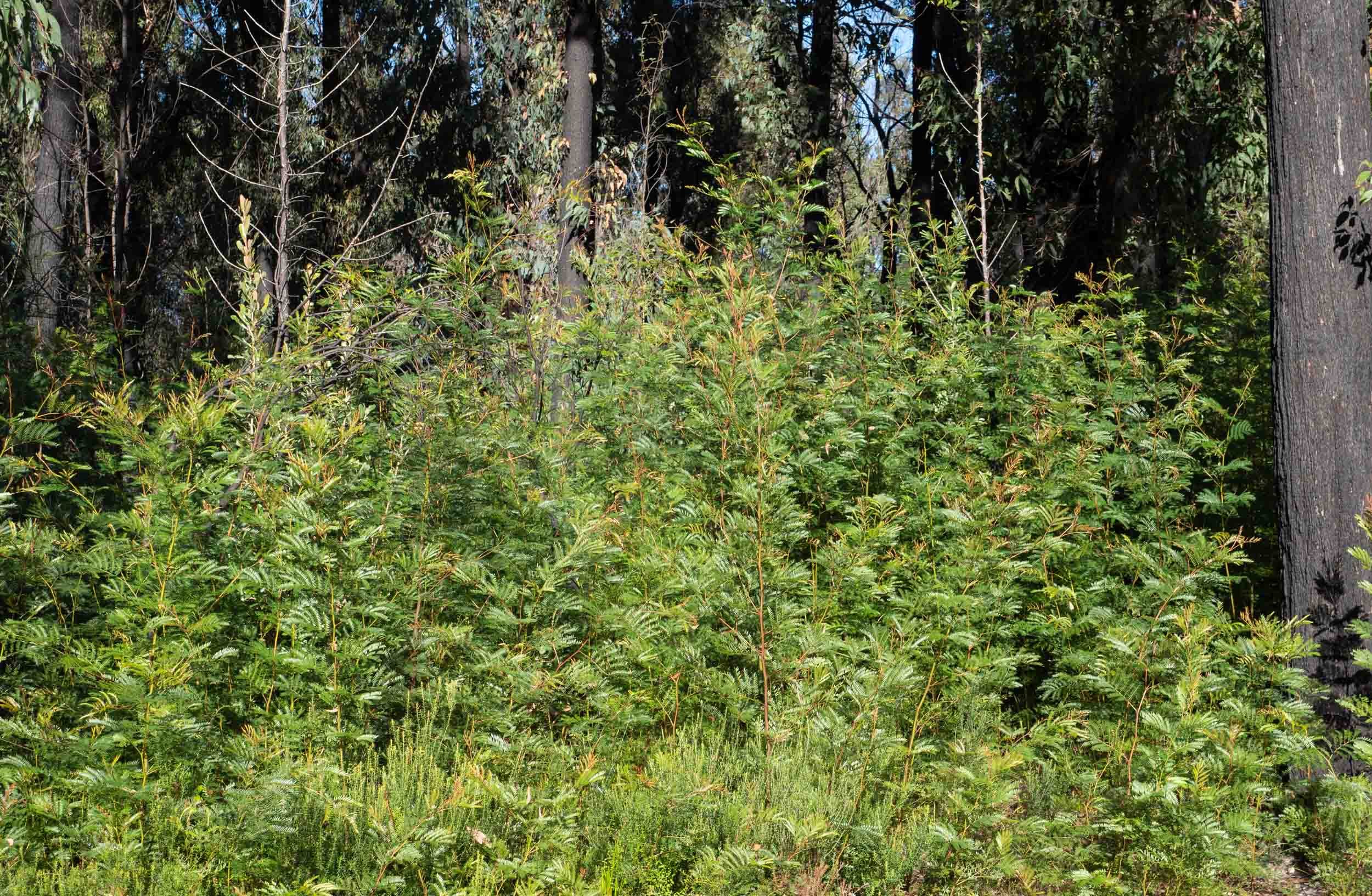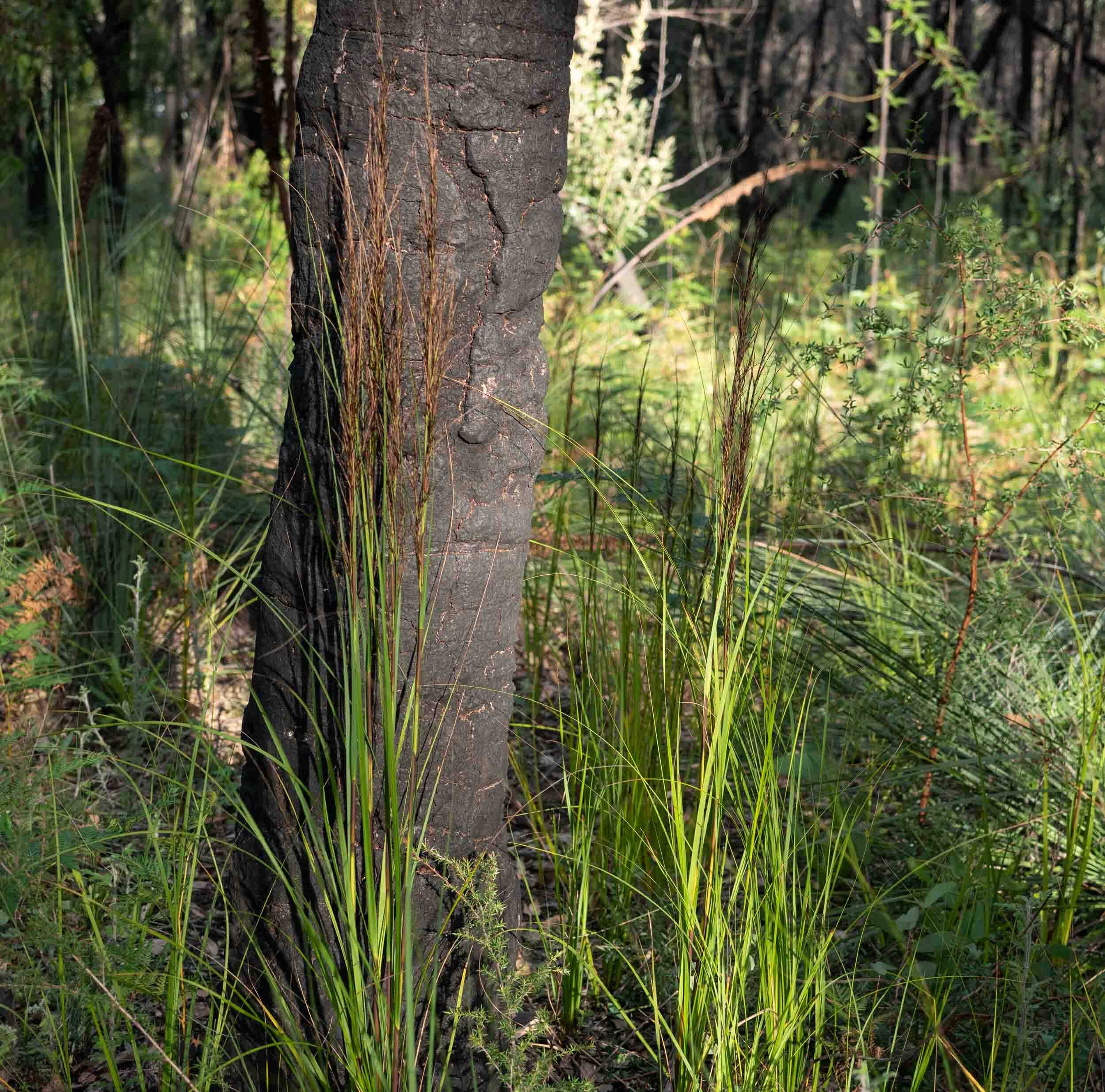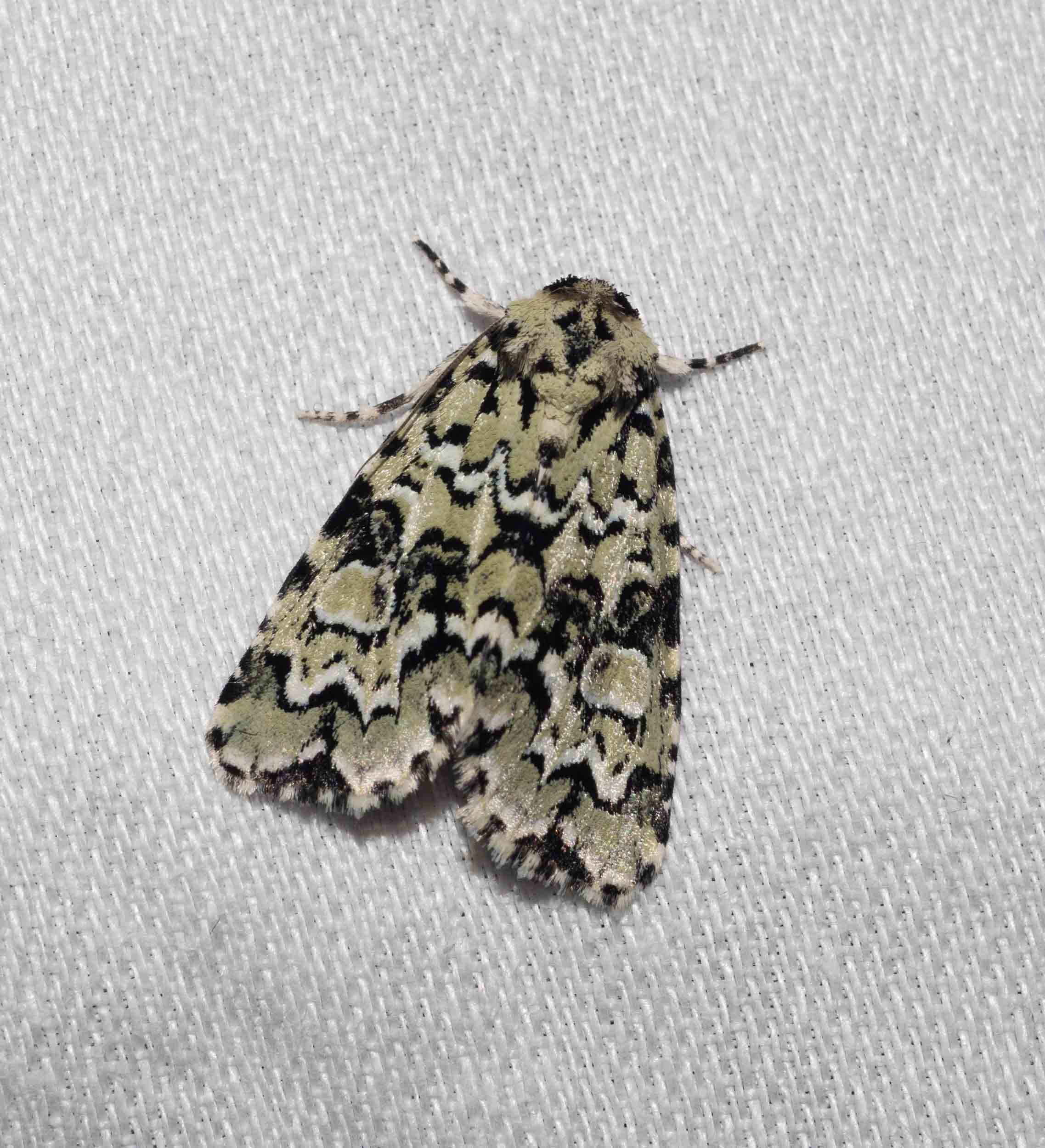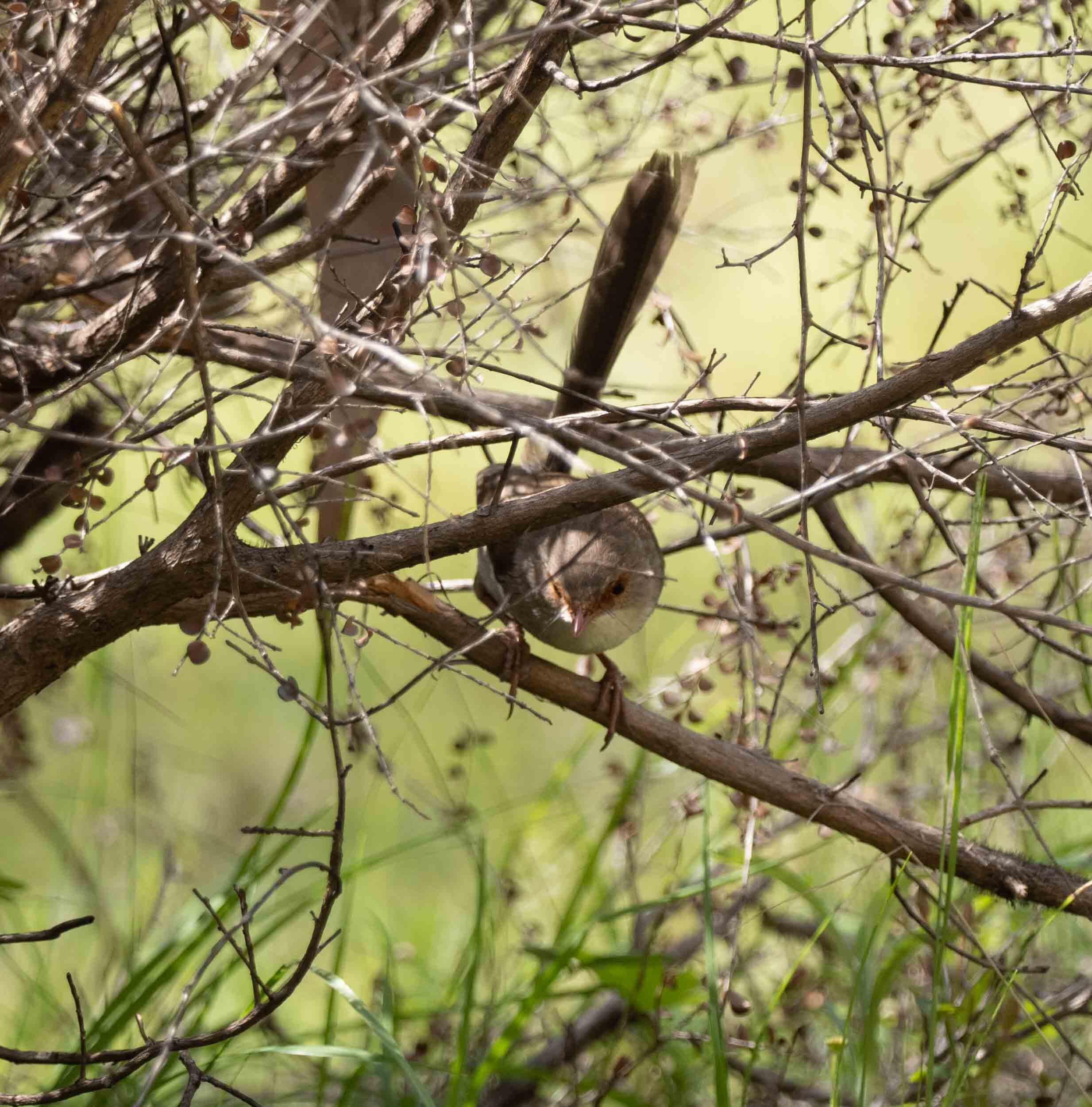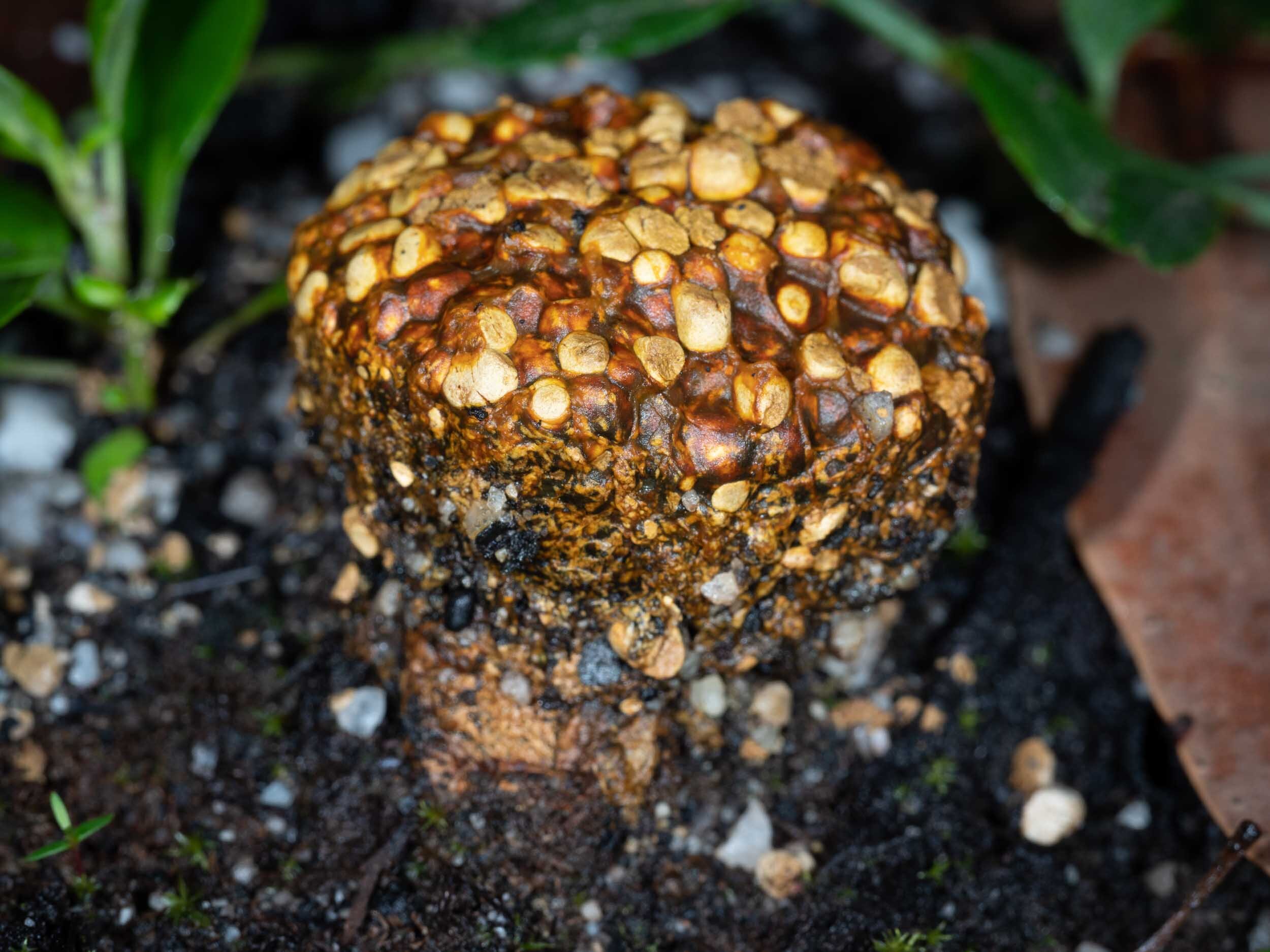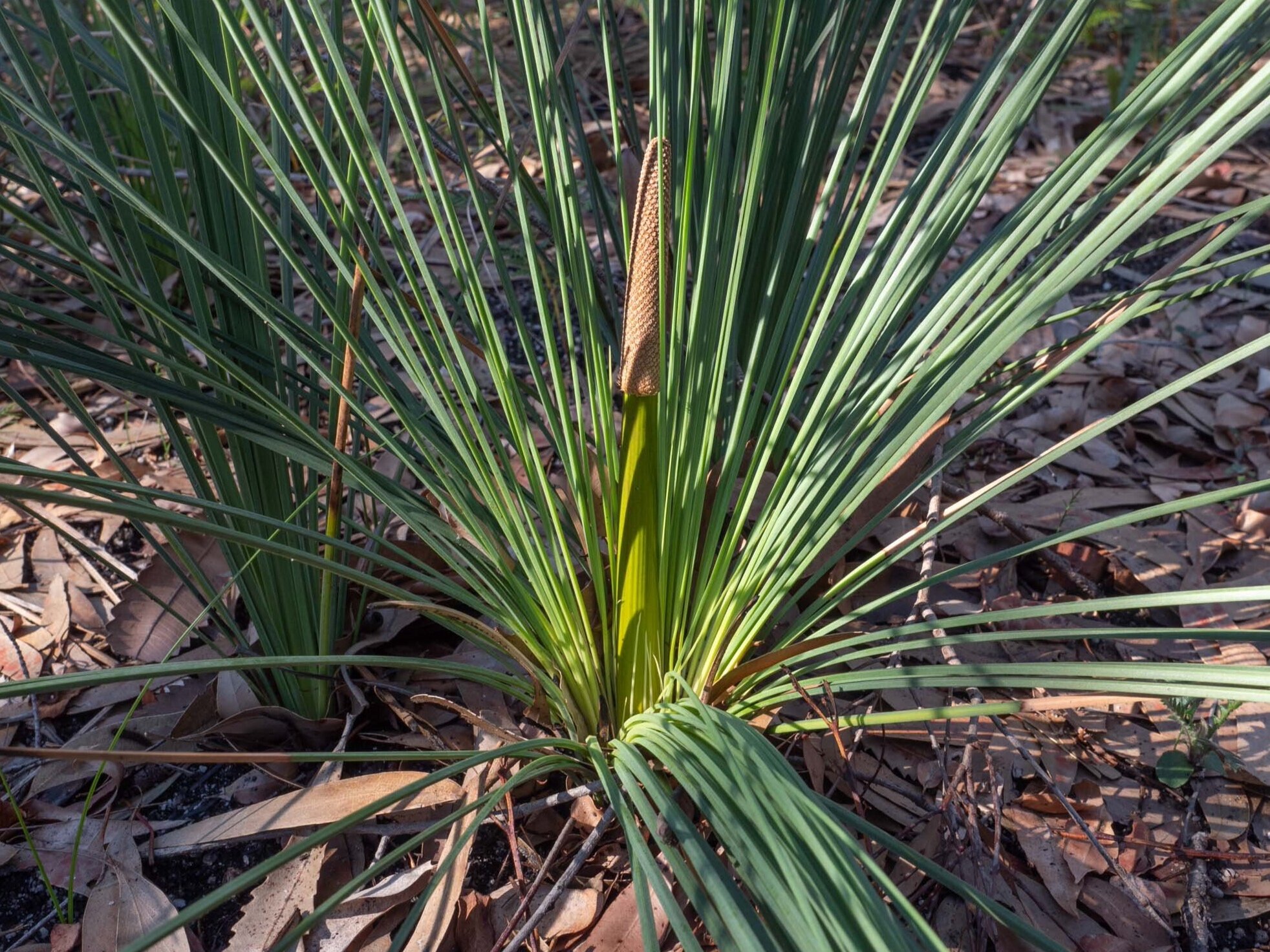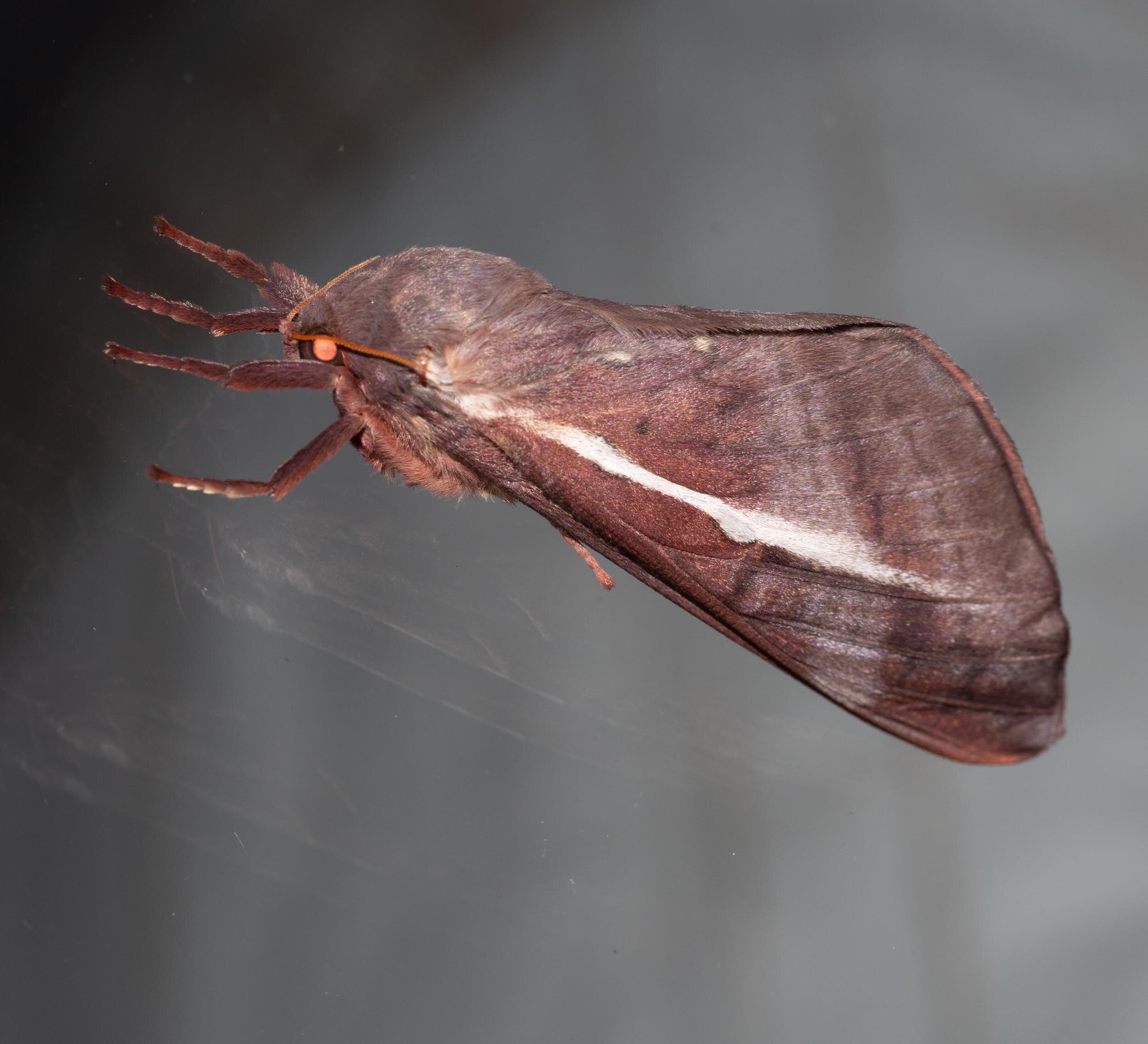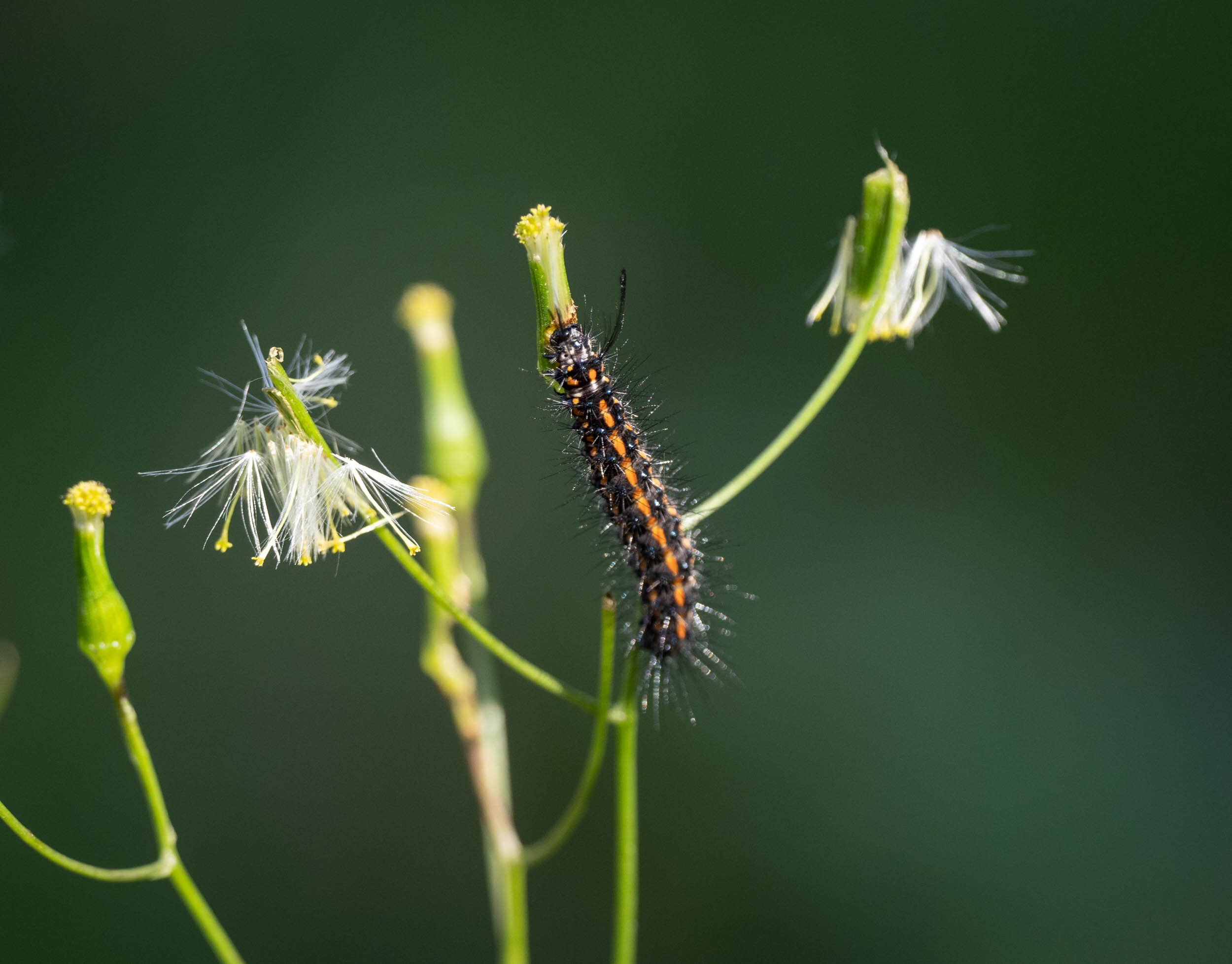Burnt out: Jan 5, 2020

The fire started 70km away, burning vast areas of forest as it crossed the border and moved north into New South Wales. Named the Border Fire, it tore through our home forest in the early hours of the morning on the 5th January, 2020. The intensity of the flames left little in their wake. At ground level, nothing but ash. Even tree roots underground were still smouldering when we first arrived home, four days after the fire.
Initially some green remained in the canopy but all the leaves are now brown and falling. They gradually soften the colour of the forest floor. The entire shrub layer is gone. Many trees have fallen and burned away, leaving little trace they ever existed. The view is reminiscent of northern Europe, mid-winter – a stark landscape in sepia tones.
We always knew this could happen one day. Fire is part of the forest ecology. Even a high intensity fire such as this was within reckoning. Yet this ongoing fire event is unprecedented. Never before have such vast areas of the country’s forests burned – five million hectares in NSW alone and we are just halfway through the fire season. This is an environmental disaster. It must not be ignored. It must not be dismissed as ‘normal’. The planet is in the midst of a climate emergency – we simply cannot continue with a ‘business as usual’ approach.
At a personal level, we are reeling from the loss. We have spent years getting to know the hundreds of plant and animal species that make up the ecology of this 4 hectare patch of forest. For now, they are gone. Our growing home list of nearly 300 moth species – gone. Over 200 plant species, 119 bird species – for now, gone. And with so few unburned refuges nearby, most of these species will not soon return. The forest will recover, but it will take many years before it can support the diversity of insects, birds and other animals that previously thrived here.
Our home environment has changed in fundamental ways. It smells different. The air is slightly acrid, especially after a shower of rain clears the smoke. It sounds different. The remaining leaves rattle with even the slightest breeze. It feels different. The wind reaches ground level in ways it never did before. The light is different. Sunshine floods the forest, reflecting brightly from the ash and sand.
Of course there is life here still. Even during the first week post fire the recovery had begun.
The most obvious animal life in the early days after the fire were the ants. Small and large, many different species and in large numbers. Their burrowing has made the ground spongy to walk on and no doubt helps to bury the nutrient-rich ash.
Some types of fungi appear only after fire. Even on our first walk around on January 9th the ground was dotted with mushrooms and layers of tiny orange cup fungi carpeted the hottest burn marks. The mushrooms show evidence of grazing mammals – most probably wallabies and wombats.
Grass shoots appeared within a few days of the fire. Some wallabies have returned to forage. Fat-bellied goannas, cryptic amid the ash, rapidly devour the remains of those that don’t survive.
Skinks are the most numerous of the vertebrates and they’re no doubt sustaining the kingfishers and kookaburras. Lone lyrebirds and mobs of choughs dig in search of insects, their feathers ash-covered and dull.
Naturally we feel deeply saddened by all that is lost. The forest is unlikely to return to its former state within our lifetimes. But it will regenerate. The species mix will change and then change again. Studying this process of succession and ecosystem development will help us heal.
We recognise that this is a unique opportunity. We know this patch of natural forest so well. We are intimately aware of what was here before the fire. For years to come we will monitor and record events as they happen. Few ecologists have such good fortune – to live on site, long term, immersed in their chosen ecosystem of study, observing and documenting the aftermath of a major ecological disruption. We are determined to stay positive and make the most of the hand we’ve been dealt.








